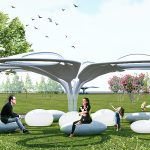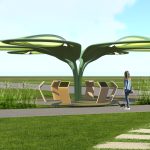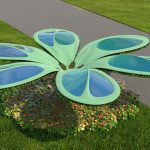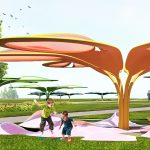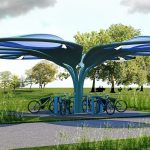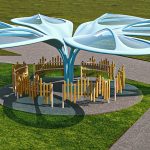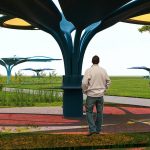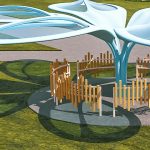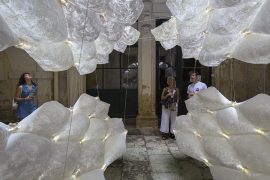On November 15, 2021, President Biden signed the $1.2 trillion Bipartisan Infrastructure Framework (BIF) bill into law, establishing his economic agenda and laying the groundwork for years of economic growth and new jobs in an industry abundant with potential for future generations. There has never been greater optimism about the possibility of a society powered by clean energy and the creation of clean energy jobs.
Project Name: Petal Power Place
Studio Name: Shreya Thakkar
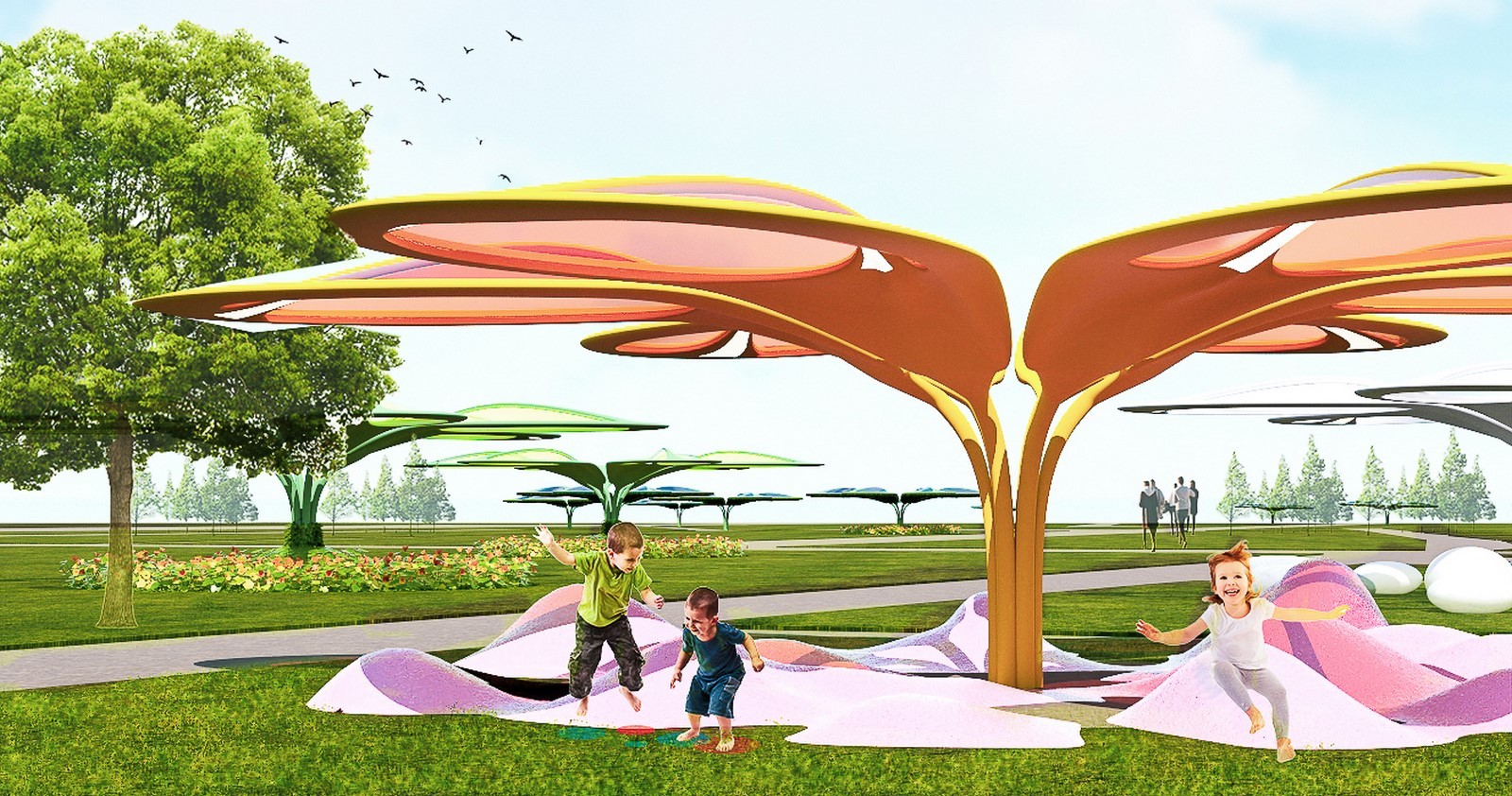
In light of the fact that the fossil fuel sector still provides power for 81% of the world’s population and that this dependence has had, and will continue to have, disastrous effects on our land, water supply, food supply, and human health, this is certainly welcome news. The global pivot to cutting-edge renewable technologies to meet future energy needs is long overdue, but the topic of renewable energy doesn’t come without its share of critics, including those you would never consider being climate deniers.
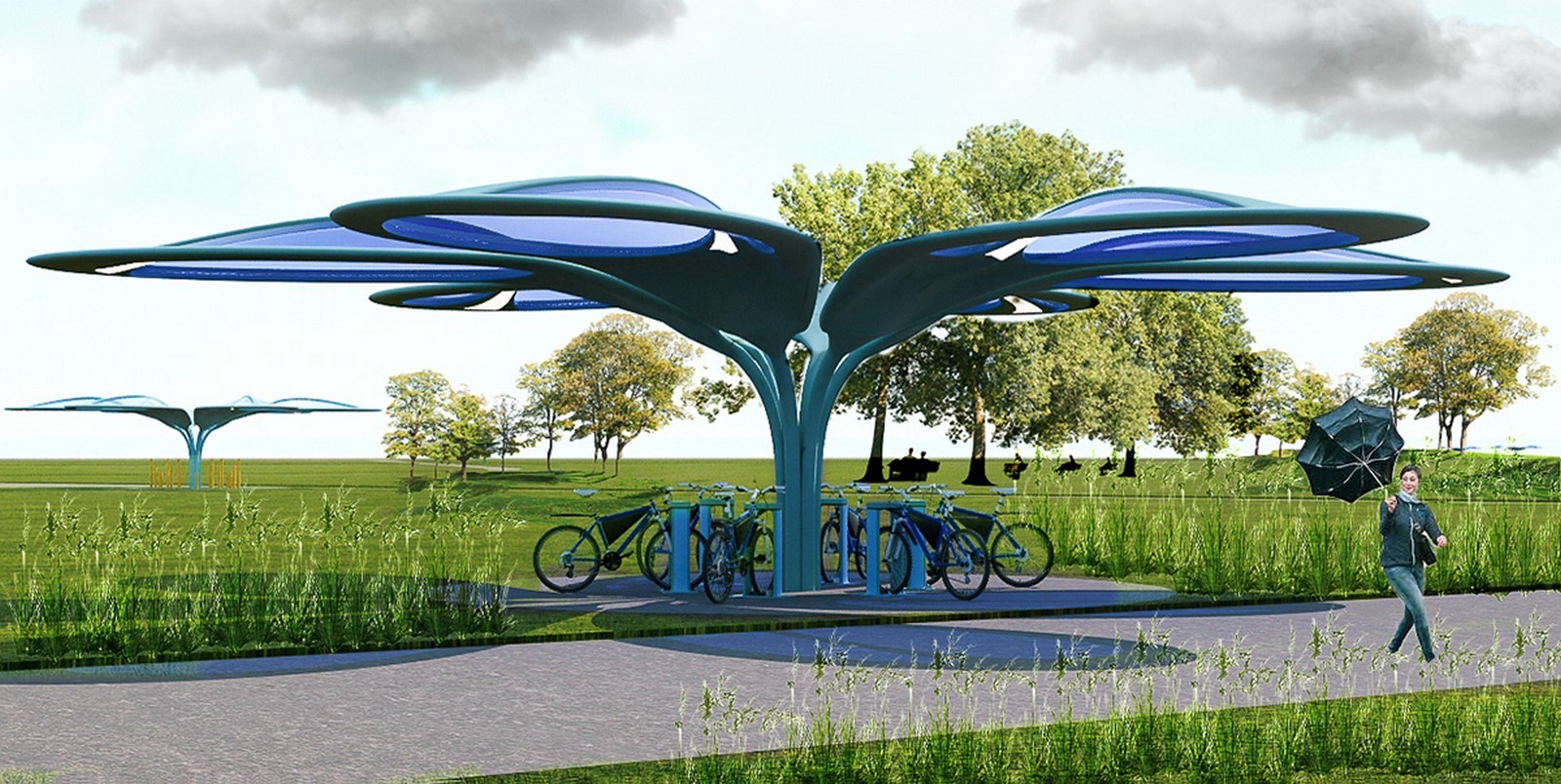
For example, in August 2021, a group of Nantucket Island homeowners sued to stop an offshore wind turbine installation. The local alliance, dedicated to renewable energy, believed the project endangered the rare North Atlantic right whale and ruined homeowners’ vistas. The same debate is currently taking place in the Horse Heaven Hills region of south-central Washington state, where a wind turbine project has drawn fire from a group of renewable energy supporters who are complaining that the installation will ruin their views of the ridges. The fact is that, despite the advances in the industry, energy systems and infrastructure are generally not aesthetically pleasing and, because of their disruptive nature to the natural landscape, are usually located in isolated rural spaces, far away from the disapproving voices of our urban residents.
But there is good news on the horizon as pioneering designers like Shreya Thakkar and her team -Surabhi Khanderia and Hasan Zaidi have started working towards a long-term solution that will serve both a practical and scenic purpose. This resourceful team is working towards the implementation of projects like Petal Power Place, which explores the ideas of decentralized renewable energy systems that will be beautifully integrated into our urban environments, and also share infrastructure with urban farming operations in order to maximize the utility of existing structures.
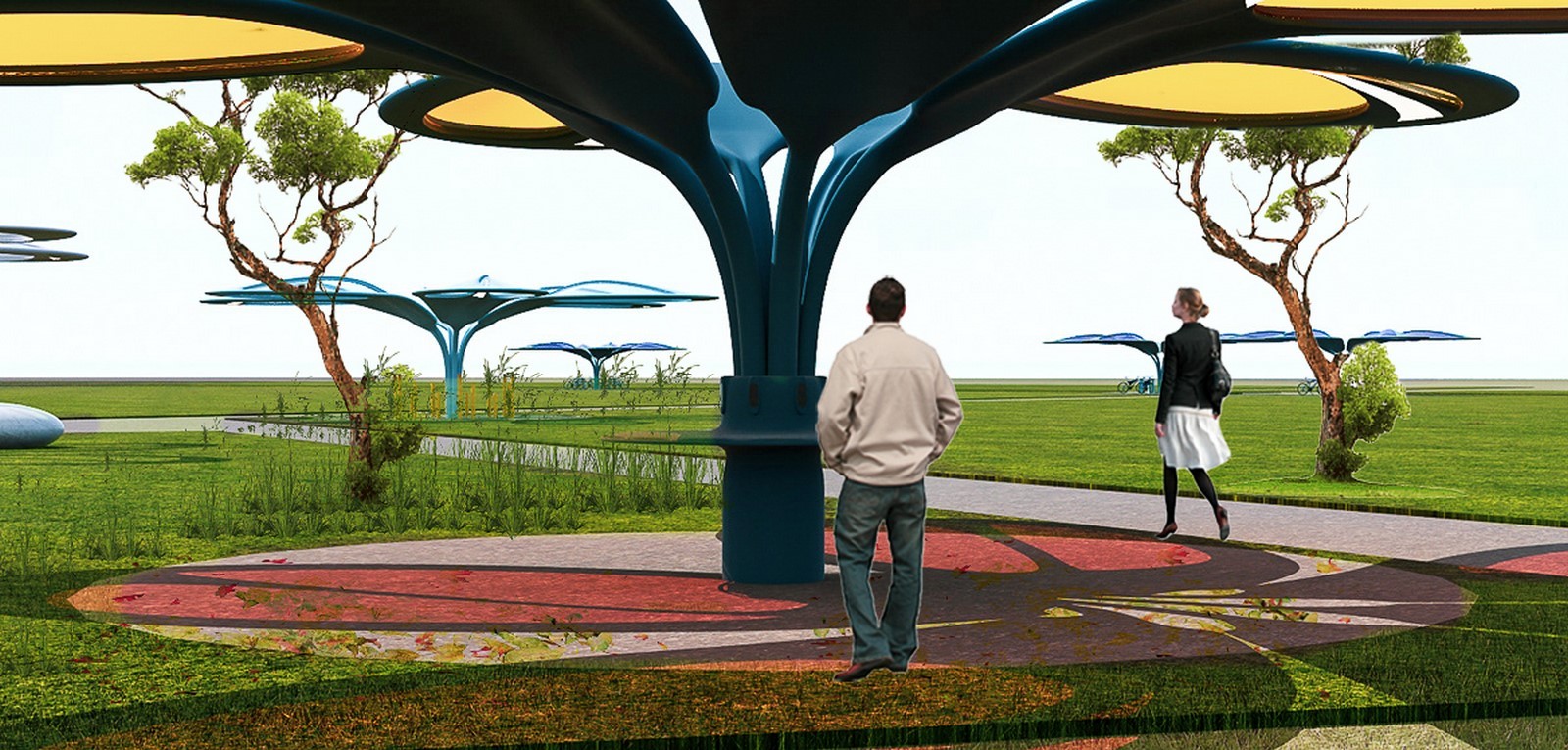
Future-conscious designers like Shreya Thakkar are working towards transforming the archetypes of what the future of energy infrastructure can be, as it becomes more and more critical to the advancement of the industry. Innovative solutions such as Petal Power Place called for interdisciplinary collaboration as a part of the process. It will be these types of inspired entrepreneurs that can start changing the perceptions of those residing on the island of Nantucket or those concerned about the ridgeline views in Horse Heaven Hills.
The Petal Power Place project is revolutionizing the industry by designing inspiring artistic sculptures that double as renewable energy sources and are both sustainably functional and artistically enjoyable. The concept practically integrates solar energy and agriculture in the form of a stunning blooming flower that both catches your eye and captures your imagination.
The project currently features two models of the 15.2-meter diameter flower canopy that sits 3.6 meters above the ground and demonstrates a potential to produce approximately 6 MWh of energy per canopy per year with the use of innovative 3D printed solar cell concentrators. The first model incorporates 3D-printed LSC solar technology and shade structures for farming and greenhouse applications. The second model is designed to integrate energy crops and productive urban landscapes into the infrastructure that supports energy technology. The energy technologies are meant to extend into the sky, while the structure itself provides a fascinating experience on the ground…In both cases, the form of a flower lends an opportunity to exhibit innovative technologies and showcase biophilic renewable energy forms that are organic in addition to fostering water conservation. The sculptures also serve to demonstrate how we can use aesthetics to advocate for environmentally sound practices in the sciences and facilitate a paradigm shift. Petal Power Place is a part of the Land Art Generator 2022 Mannheim (Germany) portfolio which will go live to coincide with BUGA in April 2023.

Art, of course, has been used throughout history as a means to gain public interest and progress public discourse, from ancient Chinese vases to functional lighting sculptures in a local park. And there has always been something particularly resplendent about outdoor art that makes it just as provocative and striking as any masterpiece in a gallery museum. So, as climate concerns continue to rise, renewable energy provides an opportunity to advance the industry while helping to reduce the consequences of polluting fossil fuels and offering local cityscapes a truly unique artistic experience. Petal Power Place is creating functional pieces of art that not only serve a decorative purpose but also have a practical utility. And, one day, these pieces of art might just save the world.
About the designer:
Shreya Thakkar’s work lies at the intersection of research, experience design, and strategy. Her profession is based on advocating for and designing solutions for societal problems like the homelessness crisis, employment equity, designing sustainable urban systems, and creating stable conditions for healthcare systems. Her area of expertise as a design researcher is in identifying human-centered insights and transforming these findings into significant opportunities for design and innovation.
Team:
Surabhi Khanderia, a Sustainability Manager at Leading Edge Consulting Services, is an accomplished Architectural Designer with a Master’s in Sustainable Design. She has a wealth of experience in the field, with a strong track record of delivering innovative and sustainable designs that exceed client expectations.
Hasan Zaidi, a furniture designer with 12 years of hands-on manufacturing experience. He specializes in creating multi-functional, commercial furniture pieces, functional and sculptural fixtures, and custom products for spatial applications. He is experienced in project management, collaboration, and finding creative solutions to complex problems. He received a Masters of Science in Environmental Design from the Art Center College of Design in Pasadena, CA.
Shreya Thakkar, a seasoned design professional who specializes in translating complex narratives and research insights into accessible design experiences, services, and products. She holds a Master of Science in Environmental Design from the prestigious Art Center College of Design.She concentrates on qualitative research toolkits for the future of work, the workforce, and the workplace at Planning Design Research.








